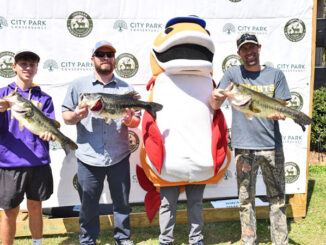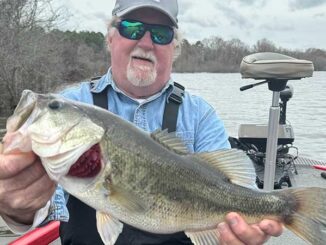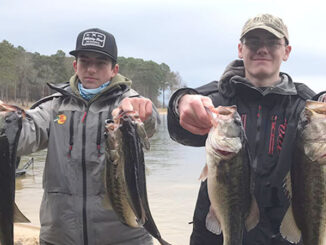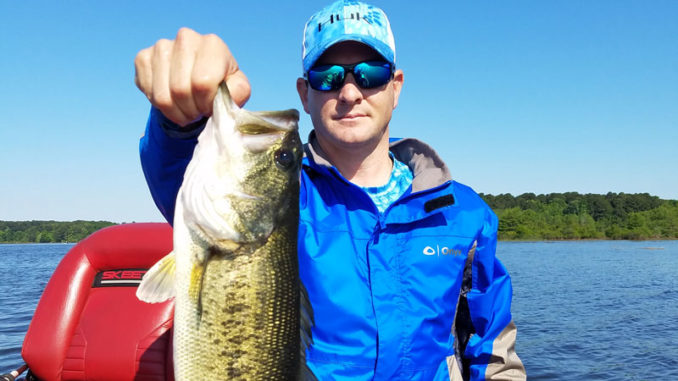
Rat-L-Traps come to the forefront as January bass begin fattening up
Important things to remember about bass fishing at Toledo Bend in January stuck out in my mind during Thanksgiving week.
Sure, I was in a deer stand a few mornings and got a deer, but I had plenty of time to think about what’s on tap bass fishing-wise after New Year’s Day. It’s the time to throw a lipless crankbait like a Rat-L-Trap, as it has been for the past three or so decades. It’s a time when bass that bite can be a 2-pounder, a 10-pounder — or heavier.
What really jogged my memory about the pending big bass bite was a 10.25-pound bass caught in late November by a buddy of mine, Keith Woods of Many. He weighed the hawg at Keith’s Toledo Bend Tackle on State Highway 21 E, a few miles from the western shore of Toledo Bend.
I can tell you based on so many past years, many more of those big girls will show up in January. Those potbellied sows will be on the move and working their way to the shallows along with other transitioning bass for the pre-prespawn or prespawn period.
I have some great memories of catching bass and vivid recollections of people who made a difference in the sport way back when. I’d like to share a couple of those before writing about the best way to catch Toledo Bend bass in late December, January and early February.
Bill Lewis and Jack Smithwick, the Louisiana men who made the difference in catching bass during the winter and later winter, would meet at our family’s Pendleton Harbor Marina. Each would go out and catch bass on the Rat-L-Traps and Rogues their respective companies produced. Theirs was a friendly rivalry. Those Rat-L-Traps and Rogues are still major players at the lake more than 30 years later.
Ah, Traps in January. They are deadly. Personal experiences and past major tournaments tell the tale. Thank you, Mr. Lewis and Mr. Smithwick.
About 25 years ago, I took two clients to the Indian Mounds and Housen Bay, where I had been mopping up on a pattern that works to this day in January. I was fishing a narrow, open-water ridge and raking the bass on crawfish-colored Rat-L-Traps. That was my first stop. I got to it, we didn’t get a bite and we moved on.
We got plenty of casting practice with no results before returning to Indian Mounds. They weren’t thrilled about going back, but I connected on my first and second casts and got five bass on almost consecutive casts. They got off the bench seat, and before we called it a day, we had hooked and boated nearly 30 bass on Rat-L-Traps.
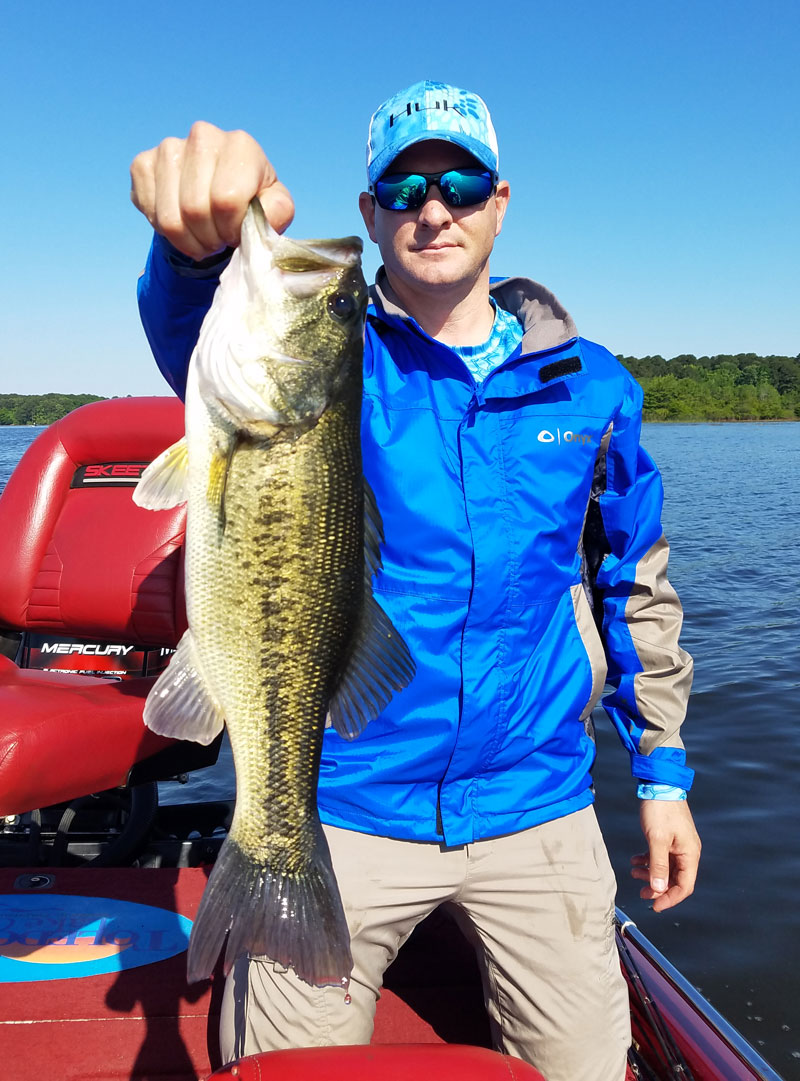
That’s how it goes in January. If you’re there and they aren’t, that’s what happens. When bass move up to feed, hang on.
There was a time when Bassin’ Bucks team tournaments were wildly popular in January and February. I’ll never forget the 25- to 28-pound limits, always caught on Rat-L-Traps, regardless the weather.
Things haven’t changed. Except for the fact that bladed jigs, like Delta Lures’ Thunder Jigs, have found a niche in successful game plans this time of year.
In early December, the lake’s pool level was at 167.80. With seasonal deluges sure to pass through the region before New Year’s Day, Toledo Bend should rise, so there’s more to throw at than dirt spots, but we’ll see. We’re getting quite a bit of rainfall now.
No matter whether the water temperature is in the 50s or lower, it’s time to throw a red or orange Rat-L-Trap or a black/blue, chartreuse/white or golden bream bladed jig.
As for Rat-L-Traps, ½-ounce models are the “bread-and-butter,” so to speak, to catch numbers and some quality bass. However, the ¾-ounce model has proven to be the cat’s meow for putting bigger bass in the livewell, a plus at bass tournament time, whether a bass club tournament or a major derby.
This isn’t a time to drift the flats and fish. It is chunk and wind time, though, prime time to work over the shallow ridges in 5- to 7-foot ridges near 15-foot depths or deeper. It works consistently in January, believe me. Concentrate on the hard break of contour lines.
